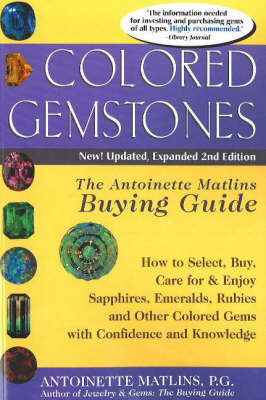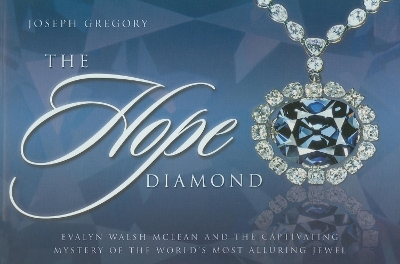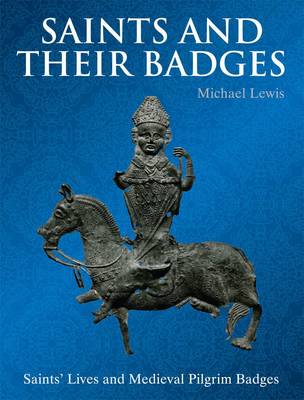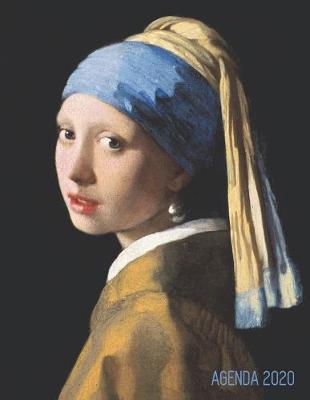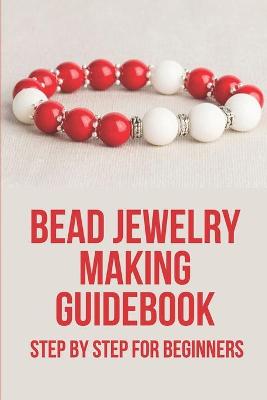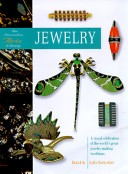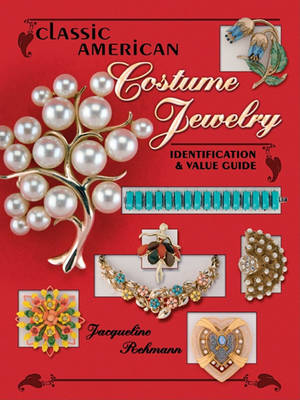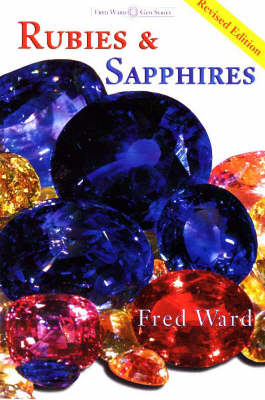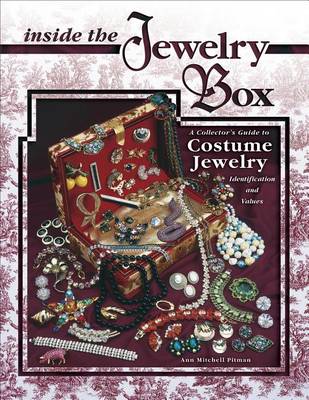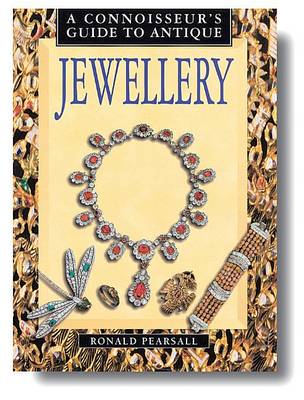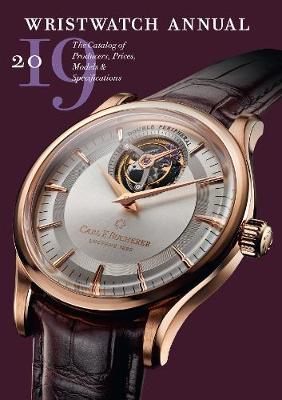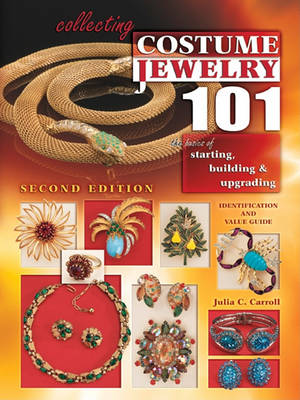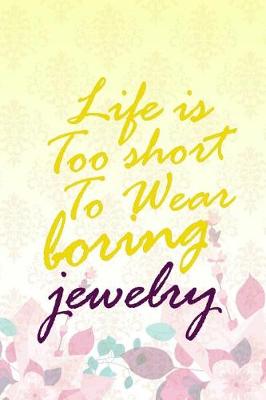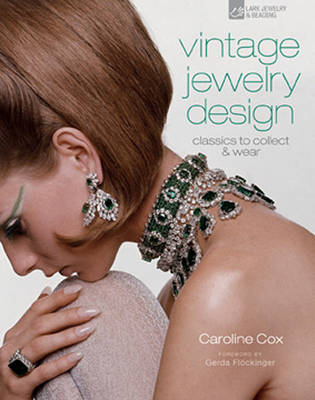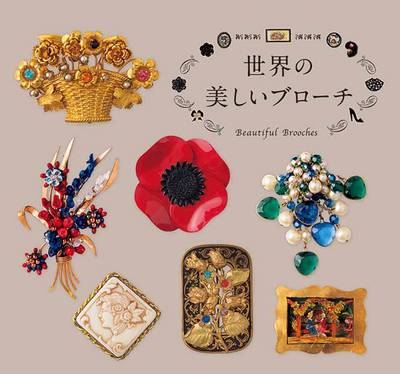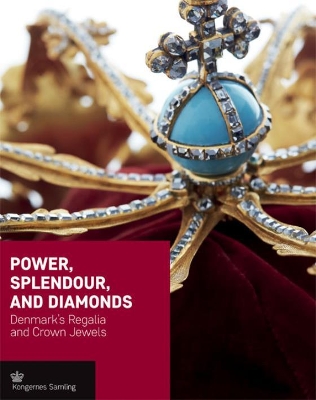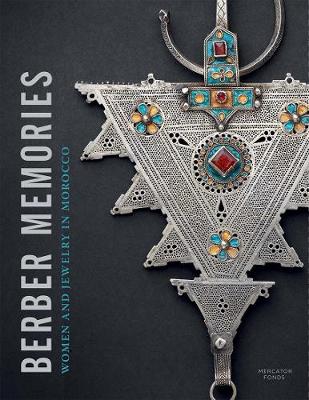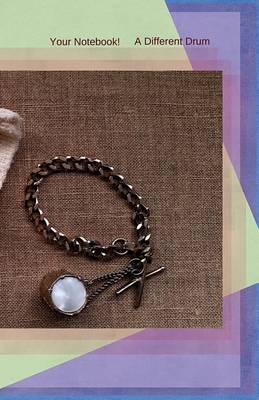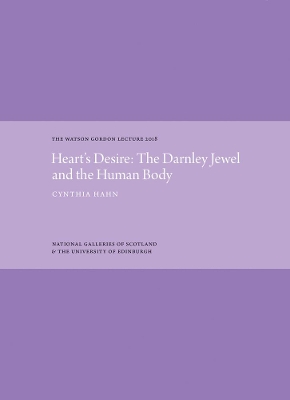La Joven de la Perla Agenda Annual 2020 (Agenda 2020 Semana Vista, #2)
by Parode Lode
Inside the Jewelry Box (Inside the Jewelry Box: A Collector's Guide to Costume Jewelry)
by Ann Mitchell Pitman
With Wristwatch Annual, collectors have at hand a wealth of information on the latest offerings from today's most important watch producers, from Swiss mainstays like Rolex and Patek Philippe to the maverick independent brands springing up across Europe and the U.S. The book is arranged alphabetically by producer, and the movement, functions, case, band, price, and variations of each pictured watch are fully described. The 2019 edition, like its predecessors, will feature a variety of additiona...
Jewelry Does Not Make A Woman A Woman Makes The Jewelry
by Brithney Cole P
Power, Splendour, and Diamonds (Crown)
by Peter Kristiansen and Peter Sean Woltemade
The foremost symbols of the Kingdom of Denmark-the crown, the sceptre, and the orb-have been kept at Rosenborg Castle since the 1680s. Here one can also see a number of the monarchy's other central objects: the baptismal font that has been used by the royal family since the 17th century, the silver lions as well as the collection of crown jewels founded by Queen Sophie Magdalene in the mid-18th century, which is still used by the Queen on major occasions.
All Women Are Created Equal But Then Some Become Jewelers
by L Watts
A superb collection of Moroccan Berber jewelry is showcased here alongside historical and artistic context for the beautiful objects The Berbers, also known as Amazigh, are an ethnic group indigenous to North and West Africa. For hundreds of years, Berber tribes of Morocco have created intricate jewelry to adorn the bodies of Berber women not merely to aesthetic ends, but to convey information about the positions of women within their tribal worlds, including messages about fertility, wealth,...
Heart's Desire: The Darnley Jewel and the Human Body (The Watson Gordon Lecture)
by Cynthia Hahn
The Darnley jewel, a masterpiece of the goldsmith's art on display at Edinburgh's Holyrood Palace, has been deemed a love token, but has also been labelled an emblem of political ambition. Taking the shape of a heart, the jewel was produced at a moment (1565-75) when such objects worn by courtiers were a primary means of asserting status and proclaiming allegiances. With a deep medieval history - originally the fleshly power centre of the human body, the seat of the soul, and place of memory and...
